This story began with a listing on Ebay. It was a photograph of a young woman in fencing garb, back hand on her hip and sword arm raised in a prime parry. Nice classical form, but nothing much to inspire a purchase. The listing read, “1929 Press Photo Jeanne Vigal, International Woman’s Fencing Champion of Europe.” I’ve looked at a lot of records for Olympic and World Championships for women on the International circuit in the 20s & 30s, but I’d never heard the name “Vigal” before, so my response initially was, ‘Yeah. Me, too.’ and then off I went to look for something else. Still, the listing hung around. No one else seemed to want to buy it, either. Well, lo and behold, while perusing a newly discovered (by me, at least) digital repository of the old French fencing magazine “L’Escrime et le Tir,” which was published from 1921 to 1939, what do I come across but the same name and a couple of photos! Well, almost the same name. The young woman’s name was Jeanne Vical, and she was the daughter of the French fencing and language instructor Captain Charles Vical, who served on the staff of Marshal Foch during WW1.
This photo is from the pages of “L’Escrime et le Tir” magazine, May 1928, and can be seen in the International section. There are several different online repositories that have downloadable copies of the magazine. I don’t read French, but Google Translate does pretty well as long as the sections you want to understand are under the character limit that Google has set. I guess they don’t want it used to translate entire books. If I could, I’d probably use it for just exactly that.
The Vicals seemed to have landed in St. Louis in the mid-1920s. There are several notices and articles about Captain Charles Vical, former French officer, in the local St. Louis newspapers dating from 1925 that indicate that the multi-talented Vical was a fencing teacher, language instructor and baritone singer. Whether the lure of Hollywood drew them to Southern California or it was merely an escape from midwestern winters, by 1928 they were in Los Angeles. Jeanne entered into the local fencing scene and L’Escrime et le Tir reported on her victory in the Jack Leonard Cup. The fact that I’ve never heard of the Jack Leonard Cup doesn’t mean that it wasn’t well known or important to the fencing denizens of Southern California in the 1920s. It wouldn’t be the first, nor the last, named tournament that had its time and was eventually discontinued.
This is the Ebay photo of 21 year old Jeanne Vical and dates from 1929. I had been tempted to buy it a couple of times, since the back of it mentioned Los Angeles (and I am, after all, the West Coast Fencing Archive) but with the mis-spelling on the listing, it didn’t occur to me to dig deeper.
The back of this photo (below) has the International Newsreel story attached to it, which newspapers could use to create an article for a local paper. This one was used in just that way. The reason for using this photo is where everything starts to get interesting. The below sets the stage:
In 1929, the East Coast dominated the competitive scene in Women’s Foil. The West had a few tough competitors in the women’s ranks, such as Edith Jane, later Edith Jane Faulkner, but it wasn’t until Helene Mayer arrived that championships came frequently to the West. All that to say, the Women’s Foil Pacific Coast Championships competition of 1929 was not at the strength it would be in later years. I’m not even going to get into how winning the Pacific Coast Championships could be more cherished than the International Championship of Europe which, in 1929, was synonymous with the World Championship. However, the Pacific Coast Championships did have one terrific thing going for them, and that was the presence of John Allaire.
Thanks to Andy Shaw of the Museum of American Fencing for this great portrait! John Allaire was one of the founding organizers of the Amateur Fencers League of America, the forerunner of today’s USA Fencing. He represented the New York Turn-Verein, founded in 1850 and was also a member of both the New York Fencers Club and the New York Athletic Club. He was an elected Vice-President of the AFLA in 1929 when he came west to officiate at the Pacific Coast Championships in Oakland.
John Allaire was best known as a foil fencer. His name is on the US National Men’s Foil championship trophy. He was also known as an eminently fair-minded individual, so his directing on the West Coast would seem to represent an entirely unbiased presence who would do his best to be scrupulously fair. He didn’t have a horse in the race, as it were. However, this is where everything starts getting interesting. The third place finisher in the Women’s Foil event was also the daughter of a fencing master. Georgette Pecqueux was the daughter of Léon Pecqueux, the fencing master at San Francisco’s Olympic Club, and Georgette was defeated by Jeanne Vical in the final and finished with the bronze medal. In between the two, winning the silver medal, was the aforementioned Edith Jane. M. Pecqueux was not pleased. Here’s the opening salvo:
This turn of events was all the rage for about the same length of time that a ‘pretty funny’ meme lasts on the internet these days. It was spoken of and passed around – newspapers as far afield as Waco, Texas, published articles about the goings-on of these two French fencing teachers ‘way out West.
The above was printed in the Oakland Tribune, April 18, 1929 and it seemed the affair would be quickly pursued to a finish, one way or another. This is also the only picture I’ve seen of Georgette.
The above is from the San Francisco Examiner’s April 18th edition, as is the below:
Look familiar? Yes, that’s the same snapshot as the press photo that arrived in the mail this week, as printed in the SF Examiner. I wonder how she felt about being called the ’cause of war’?
Yes, that title up at the top is actually what was printed in the San Francisco Examiner, April 19, 1929.
It’s unclear what happened after all the noise of this initial challenge. Vical made it known that arrangements could be made in France and that he would be there and available to M. Pecqueux for three months in the summer of 1929. Conducting a duel anywhere on US soil in 1929 was out of the question. It was probably the same in France, but perhaps Captain Vical had connections that might be able to bend the rules in such a circumstance. Or maybe he was just trying to see how serious M. Pecqueux actually was. Beyond the initial flurry of articles regarding this, all printed on April 18th and 19th, 1929, there isn’t a single follow-up article about the challenge, the two fencers, or their fathers. Nothing, in fact, until an article printed in 1934 that indicates that the Vicals have once again settled in St. Louis. Pecqueux taught at the Olympic Club in San Francisco for only a couple of years, 1929 to 1931, and it doesn’t seem he continued teaching after that. A quick check on Find-A-Grave provides some closure.
Léon Pecqueux passed away in San Francisco in 1933, so my guess is that he likely retired from teaching around 1931, passing just a couple of years later. Georgette remained in San Francisco, married and widowed young, but had children and grandchildren. That’s as far as I can take the story of the fencing careers of Léon and Georgette Pecqueux.
There is a little bit more to say about the fencing career of Jeanne Vical. There is a hint in the information on the back of her Ebay-acquired press photo above. In the article, it claims that Ms. Vical is the “International Woman’s Champion of Europe”. Well, there’s records for that sort of thing and thanks to George Masin, I have them. The 1929 Women’s European Championship was won by the same woman that took the gold medal the previous year at the Olympic Games; Helene Mayer. (She won again in 1930.) Jeanne Vical didn’t finish in the top 3 of the 1929 event and the available records aren’t robust enough to list all the competitors that participated. That the news flash above mentions that she’s taking her Pacific Coast Championship on the road and headed to Germany to challenge Helene Mayer is a pretty bold statement. Almost entirely unbelievable, but bold, nonetheless. If she did, in fact, head to Germany to face “The Blonde He”, we can project what her fate may have been by looking at some fencing records that I do have from a couple of years later. Namely, the 1932 Olympics.
In 1932, the Vicals were living in Los Angeles, site of the 1932 Games. 1932 would be just the third time that Women’s Foil was included in the Olympics and many countries had not yet organized themselves around the notion that creating a woman’s program and sending a cadre was quite the thing to do. Since there was no French women’s team, and Jeanne was a French-born fencer living in Los Angeles, she petitioned the French Olympic committee to be allowed to compete for France in the Games and was accepted. The event was not a crowded field. There were a total of 17 competitors and Jeanne was the only representative for France. The format of the event was as follows: two preliminary pools of 8 and 9 fencers, with 5 advancing from each pool for a round-robin final of 10. Ms. Vical’s results are below.
It’s a bit of an understatement to say that things didn’t go the way Jeanne might have hoped. She was in the pool of 8 fencers, lost all 7 matches, and scored a total of 8 touches. That gives her an indicator of -27. That’s a rough day. By contrast, Helene Mayer went through that preliminary round winning all her matches, four of them with scores of 5-0, including her match against Vical, and was hit a total of 6 times for a +29 indicator. Helene Mayer was the top seed going into the final. (In between the preliminary round and the final, she received a telegram from Germany that her Naval officer boyfriend was lost at sea. She finished in 3rd place.) Vical did not end up in last place, however. That went to a 17 year old from Mexico. However, for some reason, not all the bouts were completed in her pool of 9 fencers. Once they had fenced enough to make the qualifications to the final inevitable, they stopped. The Mexican youngster, Eugenia Escudero, fenced six of her possible 8 bouts, lost all, but scored 11 touches. With more touches scored in fewer bouts than Vical’s, why was she put in last place? It’s a mystery I can’t unravel from here. Maybe they went by age. Vical was 24 to Escudero’s 17. Who knows?
As to the duel? Perhaps cooler heads prevailed. I’d like to imagine that the daughters of each of the hotheads gave their fathers a severe talking to, something along the lines of, “Stop embarrassing me, dad!” At any rate, there’s nothing to indicate that any further action was taken. They lived a good 350 miles apart; perhaps that was enough distance to just let it go.


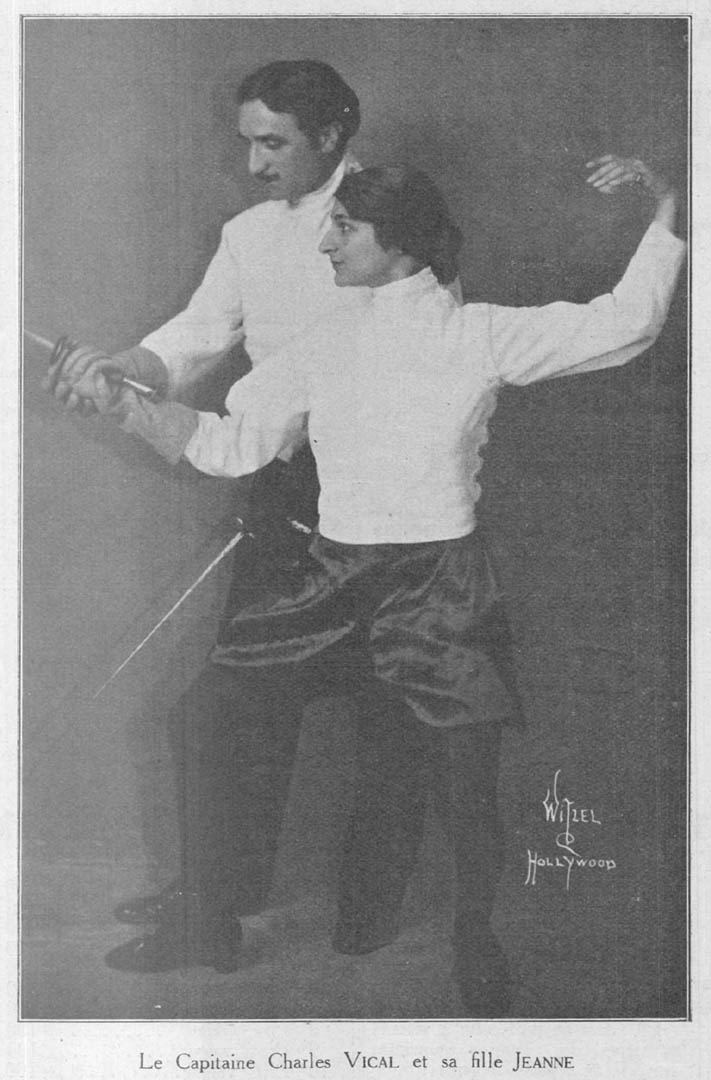

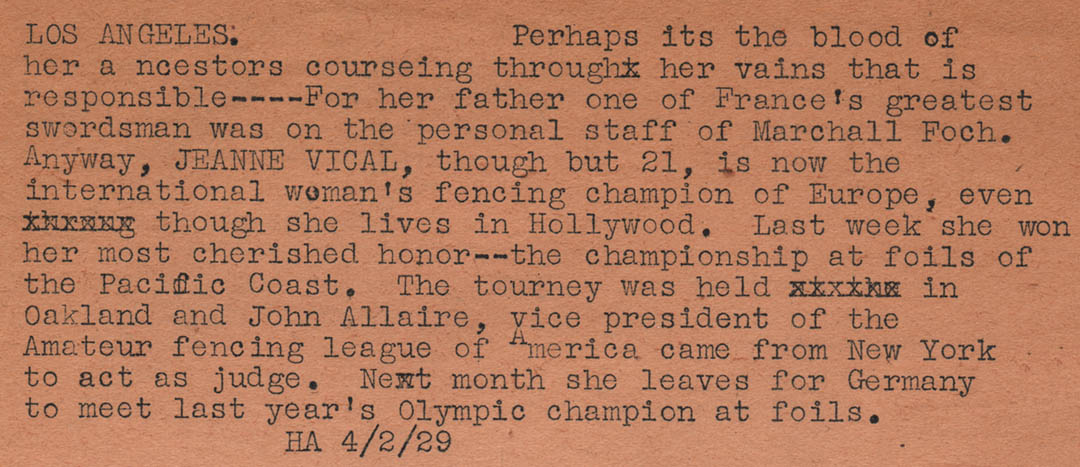
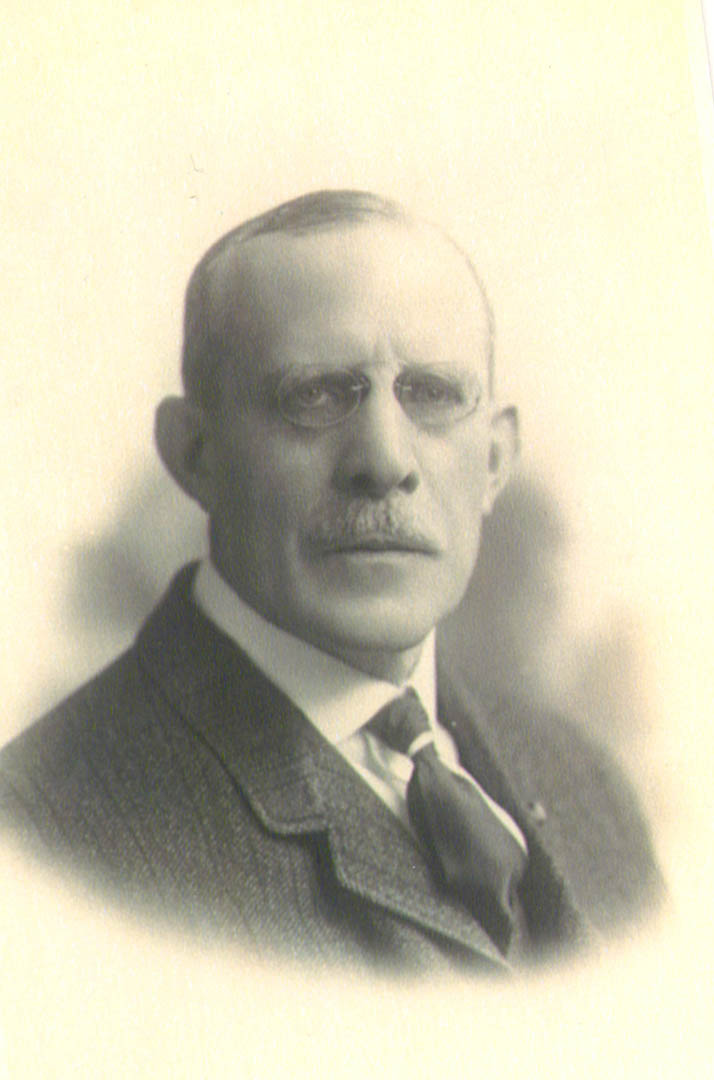

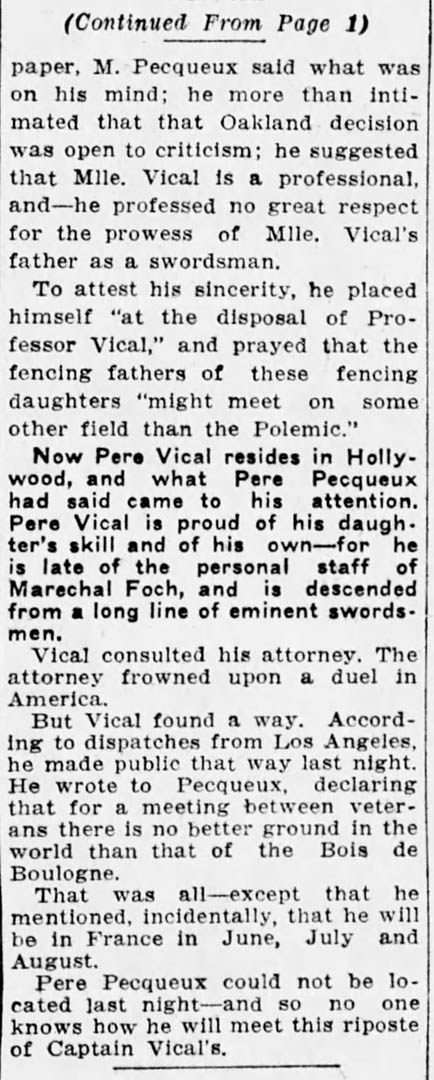
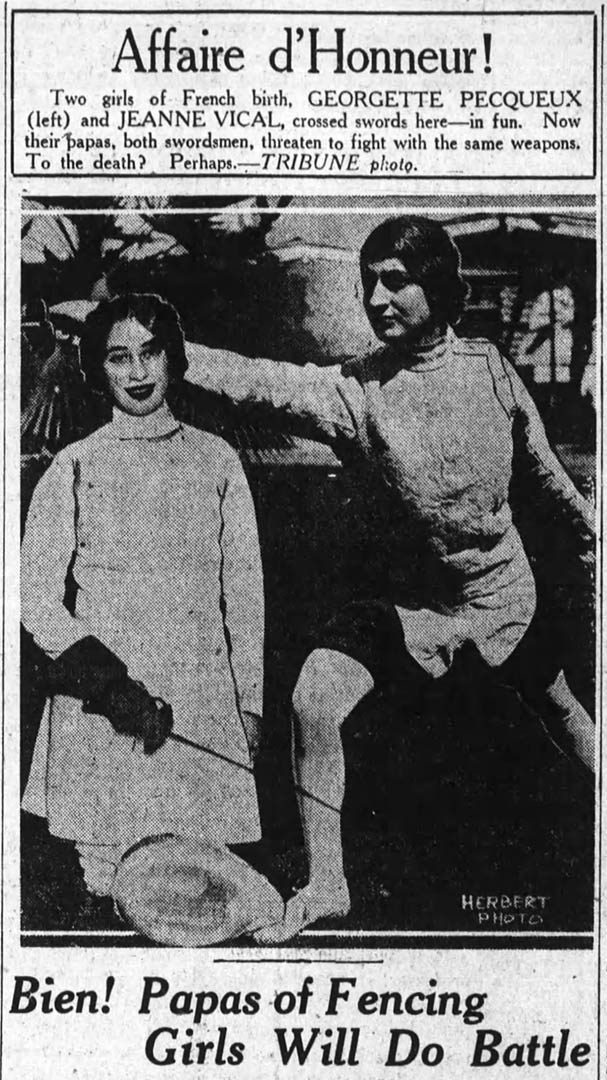
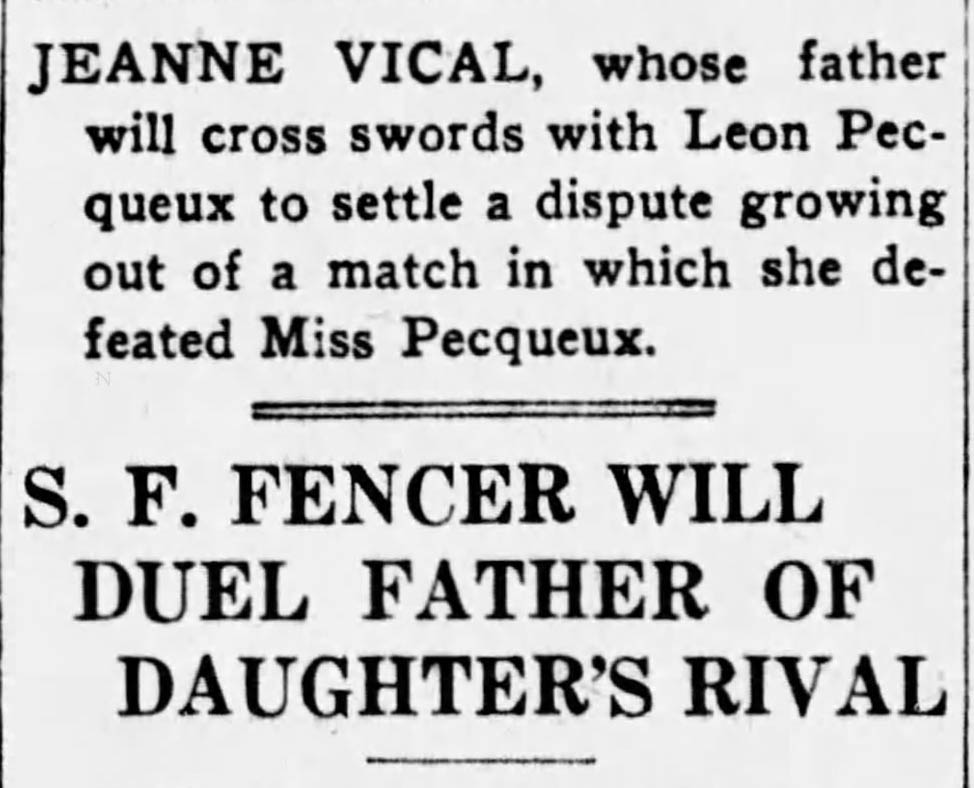

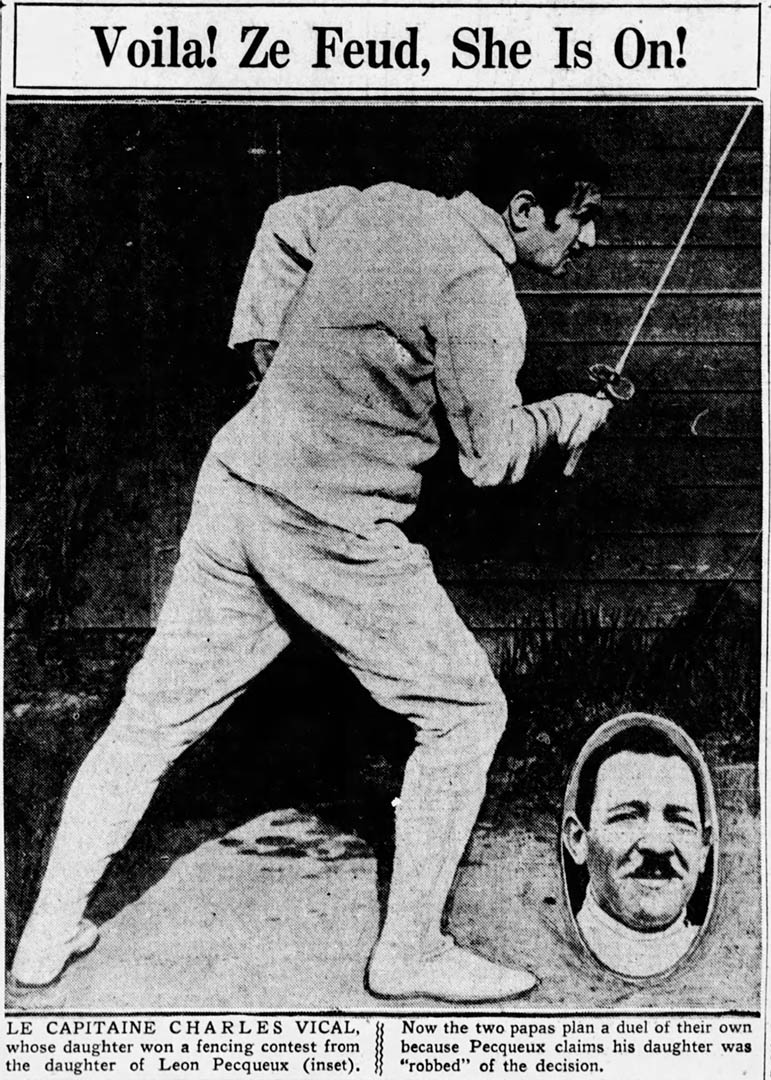
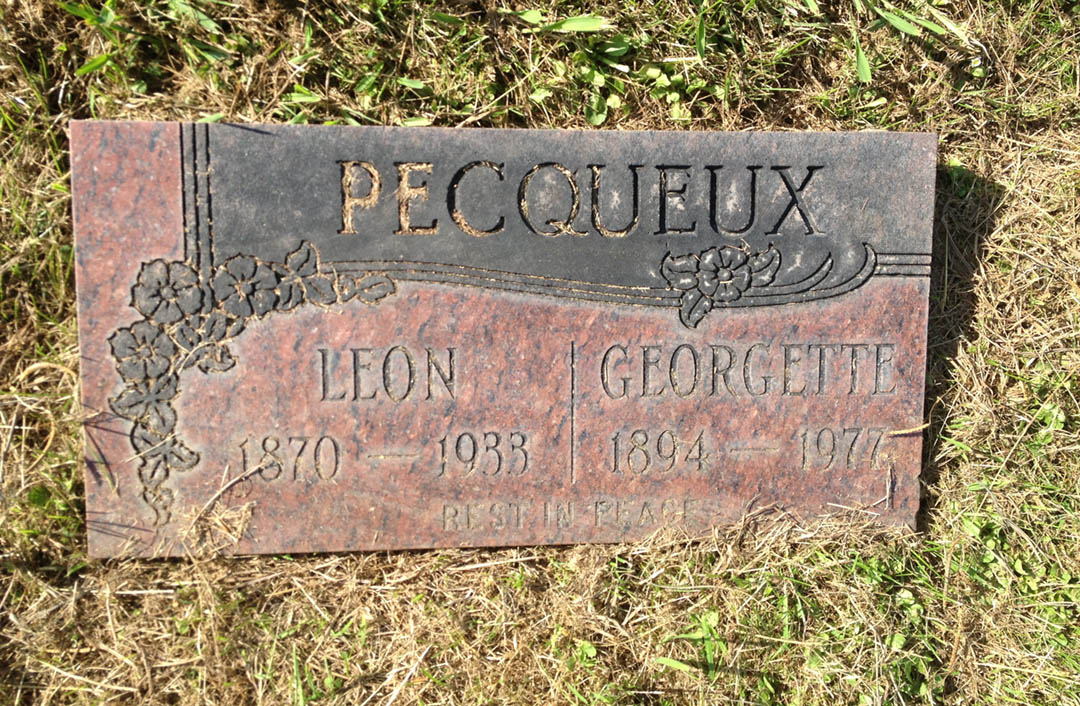

Escudero finished 9th in her pool (of 9 fencers) while Vical finished 8th in her pool (of 8 fencers). Since the pools were uneven and not all of the bouts in the pools were fenced, they based final placement on placement in each pool. Vical is listed in the Official Report with the spelling “Vidal” and that’s how it first appeared on Sports Reference. I also tracked down the correct spelling and her bio info via the ebay photo caption and an article on page 5 of the July 1932 issue of l’Escrime et le Tir about the 12 May 1932 meeting of the Comité Directeur of the French Fencing Federation (FNEF) that says (translated): “Miss. Jeanne Vical, French citizen living in Saint Louis, and who has distinguished herself many times in national and international competitions, desires to represent French women’s fencing at the Olympic Games of Los Angeles. The Comité Directeur accepted the request as long as it does not require any funds from the FNEF.” The Sept-Oct issue has a report about the Olympics lists the foreign fencers who competed in the women’s foil event and at the end has the diplomatic “Miss. Jeanne Vical, of St. Louis, who chance did not favor.” In the 1932 issues there are lists of active fencing masters and Charles Vical is shown with the address of 4306 Olive Street, St. Louis, so they were living in St. Louis at the time.
George Masin for the win on Olympic research! Thanks George! I always appreciate your finding new info!
I don’t know if you checked her bio info that I found for Sports Reference. I tracked down that she stayed/returned to the U.S., married someone named Hugh Miller in 1934, and died in Oregon on 27 Feb 1999 at the age of 91. There’s also a family tree for her on ancestry.com (https://www.ancestry.com/facts?_phcmd=u(%27https://www.ancestry.com/search/). It says that she had three children, became a U.S. citizen in 1940, moved to New Mexico where she became a teacher (of French and fencing). She took up swimming in 1978 and “won numerous national events in her age group until she was 86 years of age”. Sounds like an interesting person.
“who chance did not favor.” Stealing that for my next crappy finish!